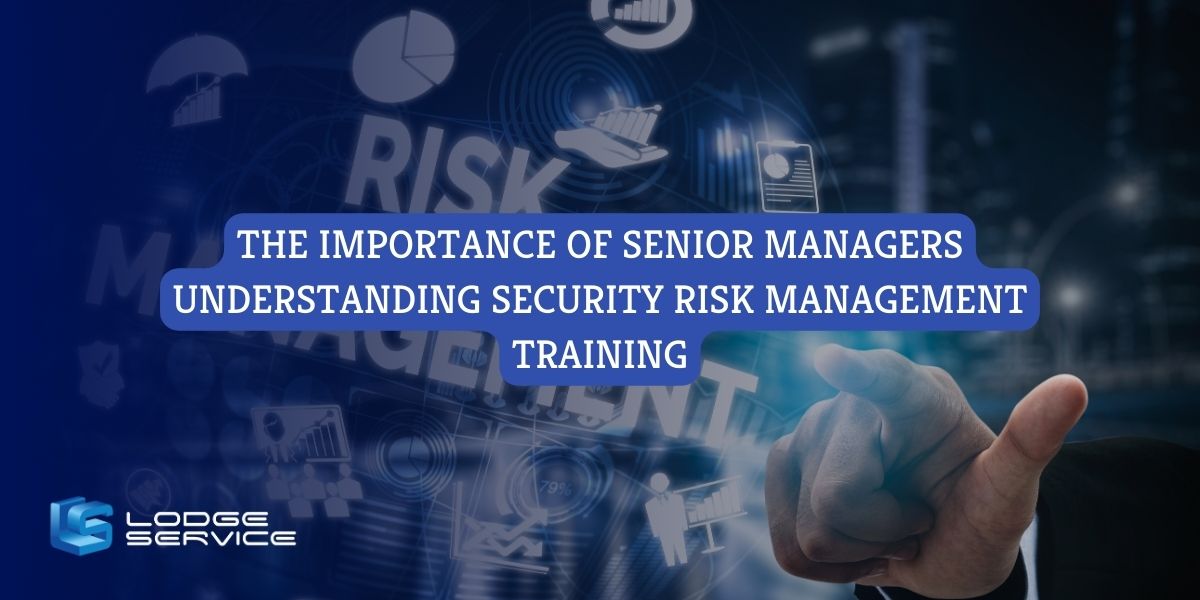Navigating the Challenges: Understanding the Importance of Risk Management
Navigating the Challenges: Understanding the Importance of Risk Management
Blog Article
Exploring the Significance of Risk Management for Effective Decision-Making Methods
In the detailed globe of business, Risk Management becomes an important variable in the decision-making process. The capability to identify possible threats and chances, and strategize as necessary, can lead to the difference between success and failing. With tools such as SWOT and PESTEL, organizations are geared up to make enlightened options, fostering strength and flexibility in an ever-changing environment. Wondering exactly how this works? Let's unbox the characteristics better.
Recognizing the Principle of Risk Management
Risk Management, a crucial element in decision-making, is often misinterpreted or oversimplified. Usually, it describes the recognition, assessment, and prioritization of risks to lessen, monitor, and regulate the possibility or impact of unfavorable events. However, it's not simply about stopping adverse outcomes, yet additionally regarding acknowledging prospective possibilities. Risk Management includes structured and disciplined techniques, utilizing information and insightful assessments. It needs a detailed understanding of the company's context, objectives, and the prospective risks that could prevent them. From monetary unpredictabilities, legal responsibilities, calculated Management errors, to mishaps and natural calamities, it resolves different risks. Notably, efficient Risk Management is not stagnant; it's a constant, positive procedure that develops with transforming conditions.
The Role of Risk Management in Decision-Making Processes
In the realm of tactical planning and company operations, Risk Management plays an integral function in decision-making processes. It aids in determining possible threats and unpredictabilities that can influence the success of organization goals. By mapping these threats, companies can develop techniques to mitigate their influence, making certain business continuity and security. Risk Management thus becomes a vital tool in decision-making, assisting leaders to make informed selections based on an extensive understanding of the dangers involved. It urges a proactive method, allowing companies to prepare and expect for feasible future situations. This considerably decreases the probability of adverse effects, advertising much more efficient and reliable decision-making strategies. Risk Management offers as a crucial part in the decision-making processes of any type of organization.

Exactly How Risk Management Improves Strategic Preparation
In the context of tactical preparation, Risk Management plays a crucial duty. Starting with the identification of prospective risks, it better expands to the application of Risk reduction procedures. The duty of Risk Management is dynamic however not fixed, as it requires continuous surveillance and adjusting of techniques.
Determining Potential Dangers

Executing Risk Reduction
Having developed the significance of recognizing potential dangers, the following action is to discover Risk reduction. This process entails establishing and carrying out approaches to take care of recognized threats efficiently. It is a critical aspect of tactical preparation as it boosts decision-making by minimizing possible unfavorable results. Risk mitigation strategies can vary from Risk avoidance, Risk transfer, to run the risk of decrease. Each approach should be tailored to the details Risk, considering its possible effect and the company's Risk tolerance. Efficient Risk reduction calls for a deep understanding of the Risk landscape and the possible effect of each Risk. This understanding allows organizations to prioritize threats and designate resources successfully, making resource sure that one of the most considerable hazards are addressed first.
Monitoring and Adjusting Techniques
Though Risk reduction is an important action in critical preparation, constant monitoring and change of these methods is just as important. This continuous procedure enables companies to identify new risks and reassess existing ones, guaranteeing the applied approaches stay reliable in the ever-changing organization setting. It additionally supplies an opportunity to review the success of the Risk Management advice actions, enabling adjustments to be made where needed, additional boosting tactical preparation. Efficient surveillance and modification call for the use of analytics and key performance signs (KPIs) to determine efficiency. These tools provide useful data-driven understandings that can notify tactical decision-making. Tracking and changing Risk Management methods is a vital part for boosting an organization's durability and strategic preparation.
Case Studies: Successful Risk Management and Decision-Making
Worldwide of company and finance, successful Risk Management and decision-making frequently serve as the pillars of thriving ventures. One such entity is a multinational oil business that reduced monetary loss by hedging versus fluctuating oil rates. In one more instance, a tech startup prospered by determining and approving high-risk, high-reward techniques in a volatile market. An international financial institution, encountered with regulative uncertainties, efficiently browsed the situation via aggressive Risk assessment and vibrant decision-making. These instances highlight the worth of sharp Risk Management in decision-making processes. It is not the absence of Risk, but the Management of it, that frequently sets apart successful business from unsuccessful ones. These instances underscore the vital function of Risk Management in tactical decision-making. importance of risk management.
Tools and Techniques for Efficient Risk Management
These tools, such as Risk signs up and warmth maps, help in recognizing and analyzing possible threats. Risk response methods, a key component of Risk Management, include approving, staying clear of, transferring, or mitigating threats. With these devices and strategies, decision-makers can navigate the complex landscape of Risk Management, thereby facilitating informed and reliable decision-making.
Future Trends in Risk Management and Decision-Making Techniques
As we discover the large landscape of Risk Management, it ends up being apparent that the techniques and devices utilized today will proceed to advance. The idea of Risk culture, where every member of an organization is aware and involved in Risk Management, will certainly get a lot more prestige. These fads herald an even more comprehensive and positive approach towards Risk Management and decision-making.
Final thought

Risk Management therefore becomes an important tool in decision-making, helping leaders to make educated options our website based on an extensive understanding of the dangers involved. Risk mitigation techniques can range from Risk evasion, Risk transfer, to risk reduction (importance of risk management). Reliable Risk reduction requires a deep understanding of the Risk landscape and the prospective effect of each Risk. Risk response techniques, a key component of Risk Management, include accepting, staying clear of, transferring, or mitigating dangers. The principle of Risk society, where every member of an organization is conscious and entailed in Risk Management, will certainly get a lot more prominence
Report this page